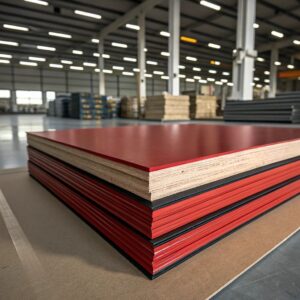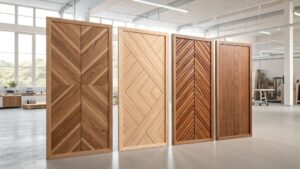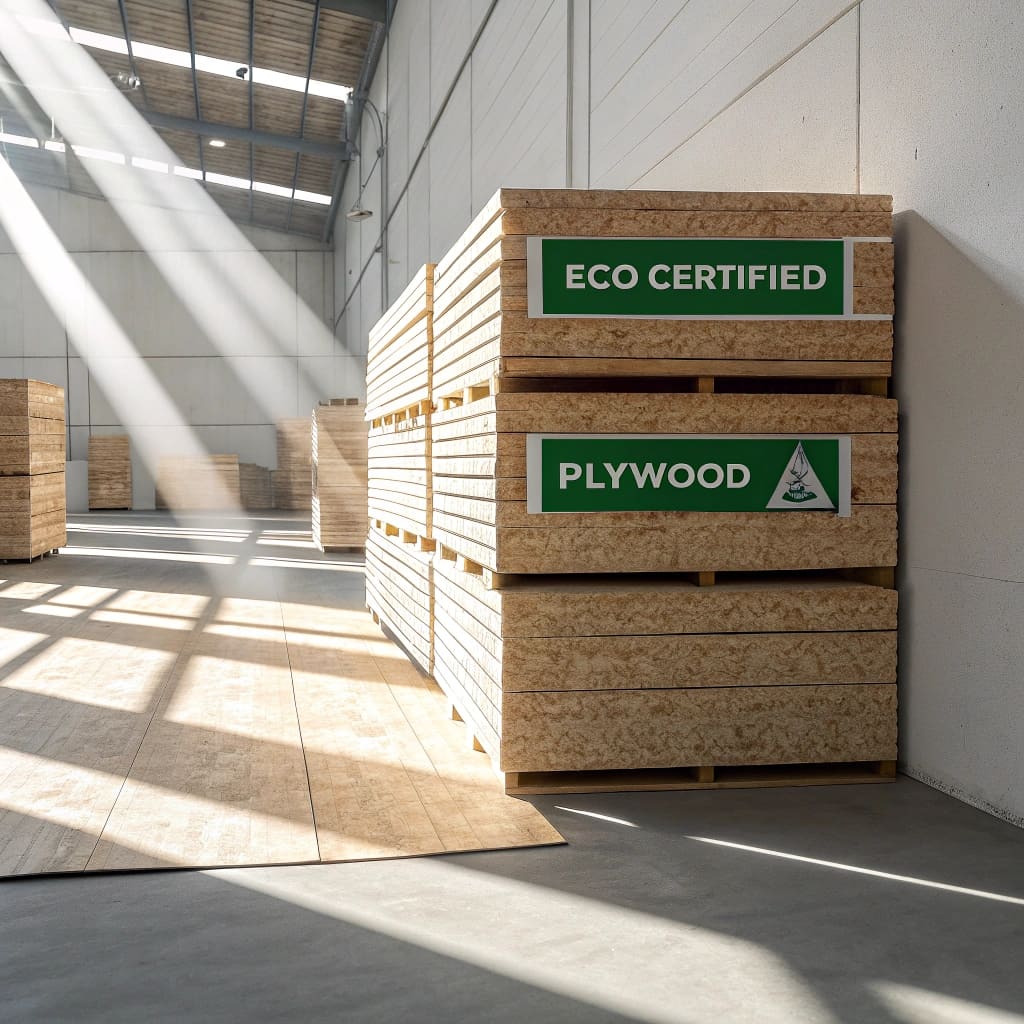
Today, more and more global buyers care about sustainability. My customers often ask me one question:
Is plywood really sustainable?
This is an important topic. I work for ACEALL, a panel board factory in China. We produce and export melamine-faced plywood to over 20 countries. I talk to importers every day. I know what they care about. Many of them want products that are both eco-friendly and cost-effective.
So in this article, I will share what I know about plywood and sustainability. I will explain how we make plywood, what makes it green, and what importers should check before they buy.
1.What Makes Plywood Sustainable or Not?
Sustainable plywood comes from sustainable materials. It is also made in a clean and efficient way. But not all plywood is the same. Let’s look at what makes the difference.
Where the Wood Comes From
The wood in plywood usually comes from fast-growing trees like poplar or eucalyptus. These trees grow back quickly, which helps save forests. But the source matters. If the wood comes from illegal logging, then it is not sustainable at all.
How the Glue Affects the Environment
Plywood uses glue to hold layers together. Some glue contains high levels of formaldehyde. This is harmful to both people and the planet. To be eco-friendly, the glue should meet low-emission standards, such as E0 or E11 grades.
Manufacturing Process
Factories also affect how green the final product is. A clean production process2 uses less energy, recycles waste, and reduces pollution. Some factories reuse sawdust and wood chips. Others treat waste water before release.
Dive Deeper: Three Key Signs of Sustainable Plywood
Here are three signs that your plywood is made in a sustainable way:
| Factor | What to Check |
|---|---|
| Wood Source | FSC or PEFC certification3 |
| Glue Emission | E0 or E1 grade, CARB or EPA standard |
| Factory Practice | Waste recycling, clean energy use |
If your supplier can offer these, then the plywood is likely eco-friendly.
2.How We Ensure Green Production at ACEALL
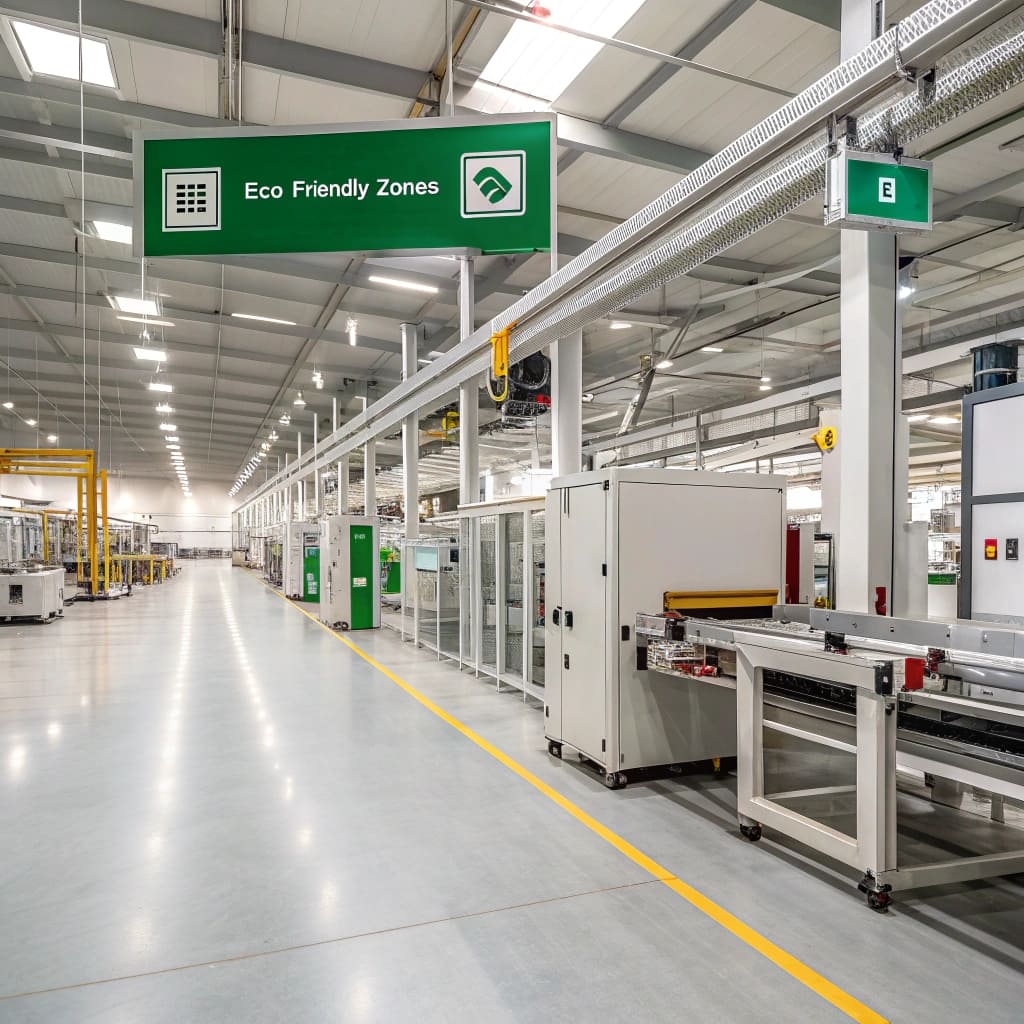
At ACEALL, we are not a trader. We are a factory with eight production lines. That gives us full control over how each panel is made. I believe that green production starts with responsibility. Let me explain how we do it.
Our Raw Materials
We use MDF or particle board as core material. All boards come from verified sources. Many of them are FSC-certified. We also offer formaldehyde-free options for buyers in Europe and North America.
Lamination Process
We press melamine paper onto the board surface. This process uses heat and pressure. We choose resins that are water-based and low in VOCs. We keep formaldehyde levels under strict control. Our standard is E1. We also offer E0 when needed.
Waste and Energy Management
We recycle leftover boards and dust. These are reused for energy or other materials. Our machines are new and energy-saving. We reduce emissions through good ventilation and smart layout.
What Buyers Like Cathy Get From a Green Factory
Many of our clients, like Cathy from Canada, want more than just cheap boards. They want:
-
Clean production
-
Transparent sourcing
-
Stable quality
We give them certificates for each shipment. We also support video inspections and third-party audits. For them, this means peace of mind. For us, it builds trust.
3.What Certifications Prove Sustainability?
Many buyers ask me, “How do I know if plywood is really sustainable?” My answer is simple. Look for valid certifications. These documents show that the product meets international green standards.
Common Sustainability Certifications
| Certificate | What It Proves |
|---|---|
| FSC | Wood comes from well-managed forests |
| PEFC | Similar to FSC, used in many markets |
| CARB Phase II | Glue meets U.S. formaldehyde limits |
| EPA TSCA Title VI | Required for sale in the USA |
| E0 / E1 | European glue emission grades |
At ACEALL, we provide any of these upon request. Our melamine plywood panels can meet standards for the U.S., Canada, EU, and Australia.
Dive Deeper: Why These Certifications Matter
Many suppliers talk about being green. But only real documents can prove it. I always suggest buyers check the papers before placing an order. This helps avoid risks in customs and local sales. Also, many retailers now ask their suppliers to show green labels.
We help customers like Cathy prepare documents ahead of time. We include digital copies with all shipments. This saves time and avoids delay.
4.What Smart Buyers Should Look For
If you are looking for sustainable plywood, don’t stop at the surface. Ask the right questions. Check the right documents. And choose the right factory.
Three Buyer Tips
| Tip | Why It Matters |
|---|---|
| Ask for certifications | To avoid greenwashing |
| Choose a real factory | More control and better traceability |
| Check packing and shipping | Reduces total carbon footprint |
These steps will help you find a supplier who can really deliver on green promises.
5.Conclusion: Plywood Can Be Sustainable—When You Choose the Right Supplier
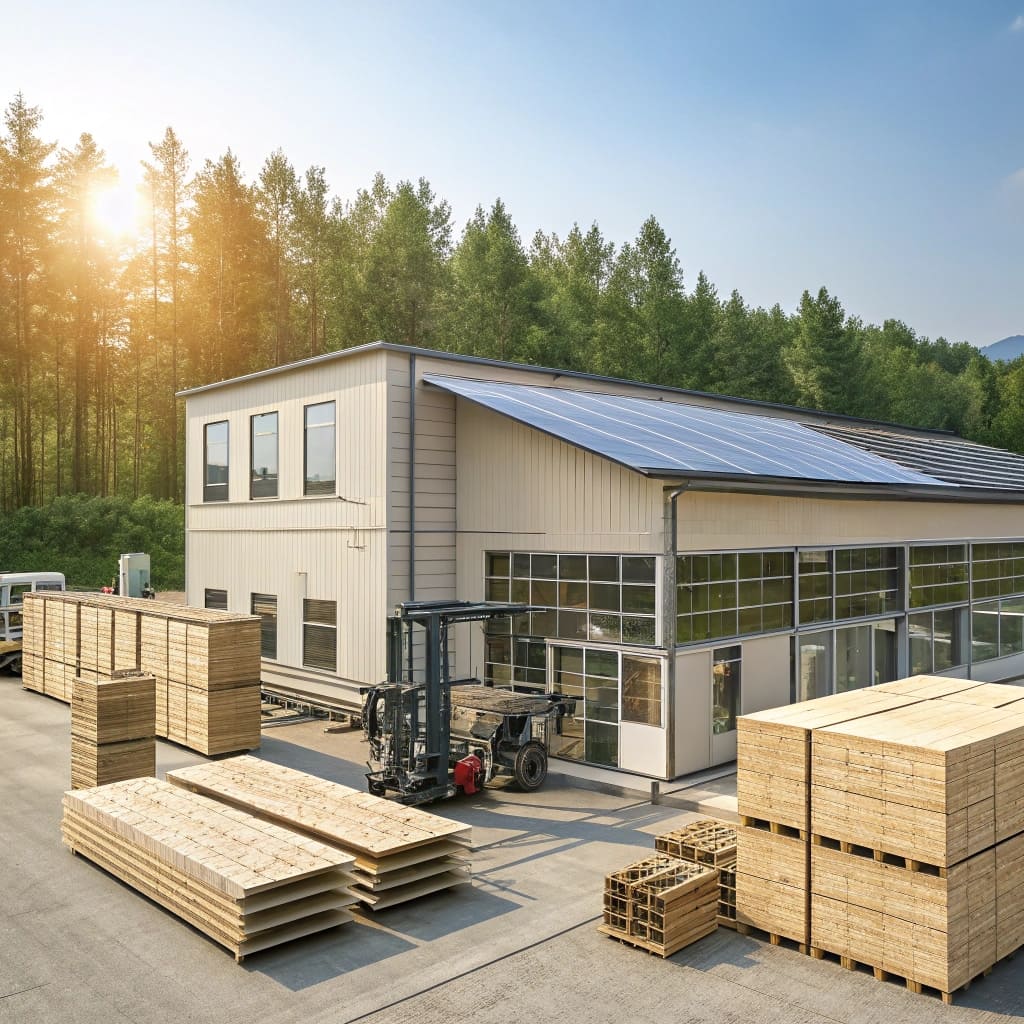
Yes, plywood can be a green product. But only if it is made the right way. As a factory, we at ACEALL take this seriously. We use clean materials, efficient processes, and low-emission glue. We help our customers like Cathy build green supply chains and meet local standards.
If you're looking for sustainable melamine-faced plywood, I’m here to help.
Contact Me
Zoe Zang\
Export Manager | ACEALL Panel Board Factory\
sales@aceallwood.com\
Ship to: Canada, USA, Europe, Middle East, South America
-
Understanding E0 and E1 grades is crucial for choosing eco-friendly plywood that minimizes harmful emissions. ↩
-
Learning about clean production processes can guide you in selecting plywood that is environmentally friendly and sustainable. ↩
-
Exploring FSC and PEFC certifications helps ensure your plywood is sourced sustainably, protecting forests and ecosystems. ↩


